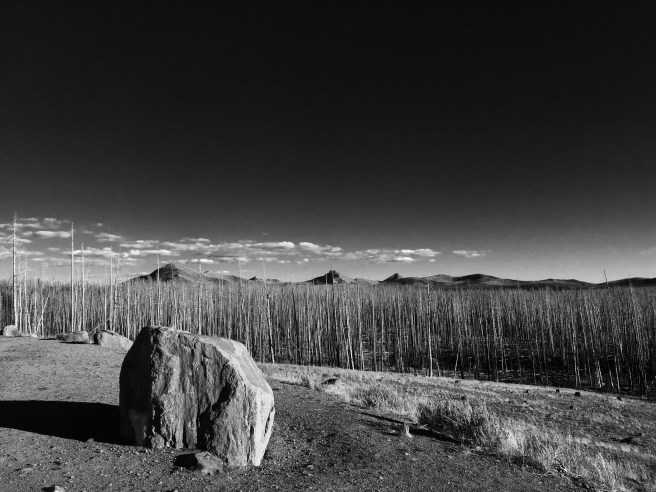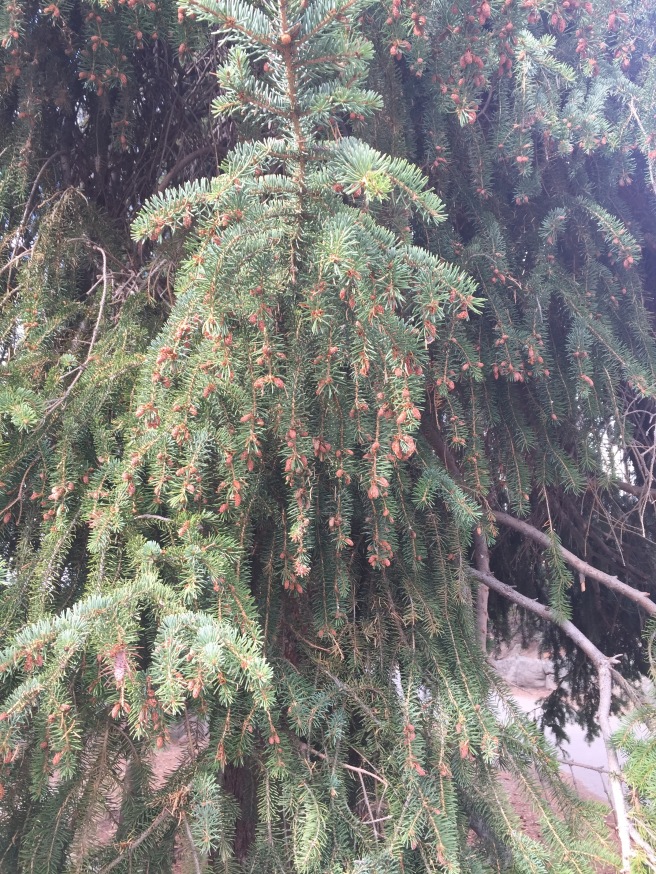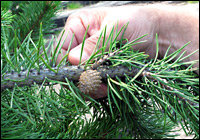
One year ago (it was Thanksgiving Day), my dad won his battle with Parkinson’s Disease. Those last six years definitely fell in the “fiery trial” category, yet as his body was diminishing, his soul was bursting forth because of his conviction that new life was just around the corner.
Dad loved driving new places just to enjoy the topography. He would have enjoyed our northwest road trip this fall. On a map, our course was like a big horseshoe from Seattle to Salt Lake City. In one long day, traveling east from Portland, we followed the midnight blue Columbia River that borders Oregon and Washington, then turned northeast through Washington farmland and beautiful Courd’alene, Idaho . . . then after dinner, we cut through the Cascade Mountain range and finally stopped in Butte, Montana.

That fourteen hour drive, observing America’s geographical diversity, didn’t compare to the next two days in Yellowstone National Park, with its lakes and forests and canyons and waterfalls and prairie land spotted with steaming, sulfurous, bubbling cauldrons that camouflage a potential super volcano. Entering from the West, one of the first things we saw was a jarring swath of devastation . . . a pick-up-sticks forest full of burnt out lodgepole pines (many grow 130-160 feet high).

During a sunset tour of the Lake Yellowstone area, our guide told about the last major fire event in 1988, and what fire ecologists have learned about how important these fires are to Yellowstone’s vegetation.

The trees produce what scientists call a serotinous pine cone. Resins hold the scales of the tiny cones tightly closed with the seeds inside, and they can remain in the crowns of the trees for 30 to 50 years. Without fire, the seeds would likely never be released. “What’s necessary for those cones to open up and release those seeds is the heat that’s generated from a passing fire,” Renkin says. “Once the fire burns through those resins that hold them together, the cone scales open up and the seeds fall out.”

After the seeds fall to the forest floor, the germination process begins quickly. The heat from the passing fires does not penetrate more than a few centimeters into the earth, which allows the material below ground — nutrients and soils — to give life to the next generation of trees. We were shown where the forest has been virtually restored in less than thirty years. (below zoom to see how tiny little pines have already sprung up despite a recent wildfire).

The miracle of fire and pine cones has come to mind several times since October 15th, (dad’s 90th birthday) when I began anticipating the first anniversary of his departure. Strangely, my greatest comfort and challenge has been the ecologist’s words : “Without fire, the seeds would likely never be released . . . What’s necessary for those cones to open up and release those seeds is the heat that’s generated from a passing fire.”
After we left Yellowstone via the South Entrance, we drove through a two-week-old area that still smelled like a burning campfire, even through closed windows (see below). Although the outer scenery was ravaged, we now knew the secret of another of our Creator’s promises to restore what seems to be forever lost.

First Thessalonians 5:1-8: “For we know that if the tent that is our earthly home is destroyed, we have a building from God, a house not made with hands, eternal in the heavens. 2 For in this tent we groan, longing to put on our heavenly dwelling, 3 if indeed by putting it on we may not be found naked. 4 For while we are still in this tent, we groan, being burdened—not that we would be unclothed, but that we would be further clothed, so that what is mortal may be swallowed up by life. 5 He who has prepared us for this very thing is God, who has given us the Spirit as a guarantee. 6 So we are always of good courage. We know that while we are at home in the body we are away from the Lord, 7 for we walk by faith, not by sight. 8 Yes, we are of good courage, and we would rather be away from the body and at home with the Lord.”

